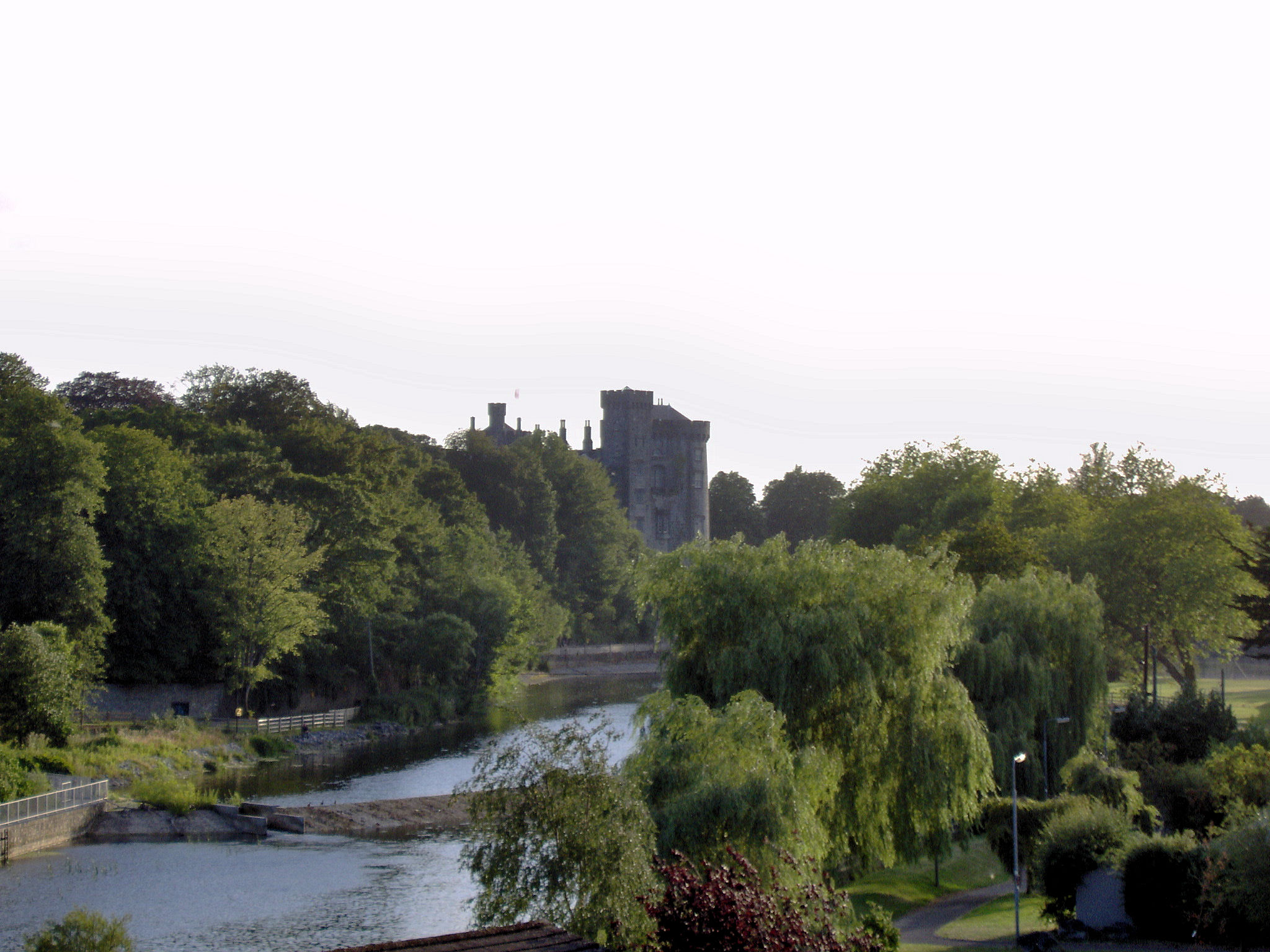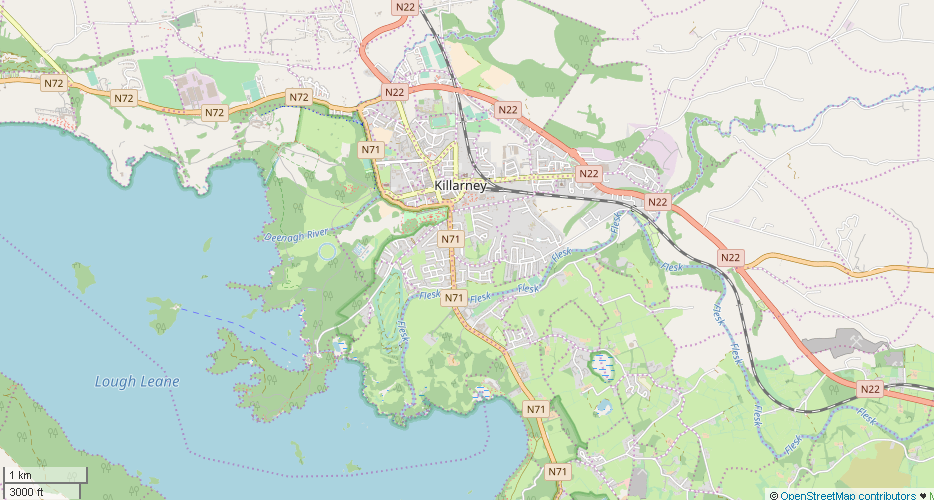|
Aisling
The aisling (, , approximately ), or vision poem, is a poetic genre that developed during the late 17th and 18th centuries in Irish language Irish poetry, poetry. The word may have a number of variations in pronunciation, but the ''is'' of the first syllable is always realised as a ("sh") sound. The aisling also features in traditional Sean-nós singing, sean-nós songs. History of the form In the aisling, Ireland appears to the poet in a vision in the form of a woman from the Aos Sí, Otherworld: sometimes young and beautiful, other times old and haggard. This female figure is generally referred to in the poems as a ''spéirbhean'' (, 'heavenly woman'). She laments the current state of the Irish people and predicts an imminent revival of their fortunes, usually linked to the restoration of the Roman Catholic House of Stuart to the thrones of Great Britain and Ireland. The form developed out of an earlier, non-political genre akin to the French poetry, French ''reverdie'', ... [...More Info...] [...Related Items...] OR: [Wikipedia] [Google] [Baidu] |
Irish Poetry
Irish poetry is poetry written by poets from Ireland. It is mainly written in Irish language, Irish and English, though some is in Scottish Gaelic literature, Scottish Gaelic and some in Hiberno-Latin. The complex interplay between the two main traditions, and between both of them and other poetries in English and Scottish Gaelic literature, Scottish Gaelic, has produced a body of work that is both rich in variety and difficult to categorise. The earliest surviving poems in Irish date back to the 6th century, while the first known poems in English from Ireland date to the 14th century. Although there has always been some cross-fertilization between the two language traditions, an English-language poetry that had absorbed themes and models from Irish did not finally emerge until the 19th century. This culminated in the work of the poets of the Irish Literary Revival in the late 19th and early 20th century. Towards the last quarter of the 20th century, modern Irish poetry tended ... [...More Info...] [...Related Items...] OR: [Wikipedia] [Google] [Baidu] |
Sean-nós Singing
Sean-nós singing ( , ; Irish for "old style") is unaccompanied traditional Irish vocal music usually performed in the Irish language. Sean-nós singing usually involves very long melodic phrases with highly ornamented and melismatic melodic lines, differing greatly from traditional folk singing elsewhere in Ireland, although there is significant regional variation within Ireland. Sean-nós songs cover a range of genres, from love song to lament to lullaby, traditionally with a strong focus on conveying the relevant emotion of the given song. The term ''sean-nós'', which simply means "in the old way", is a vague term that can also refer to various other traditional activities, musical and non-musical. The musician and academic Tomás Ó Canainn said:''...no aspect of Irish music can be fully understood without a deep appreciation of sean-nós singing. It is the key which opens every lock.'' The origins of sean-nós singing are unknown, but it is probably at least seven cen ... [...More Info...] [...Related Items...] OR: [Wikipedia] [Google] [Baidu] |
Piaras Feiritéar
Piaras Feiritéar (; 1600? – 1653), or Pierce Ferriter, was an Irish clan Chief of the Name, Chief, and Irish poetry, poet. Although best known for his many works of Bardic poetry in the Irish language, Feiritéar is also a widely revered folk hero in the Dingle Peninsula for his role as a leader of the nascent Confederate Ireland, Irish Confederacy, which led to his 1653 summary execution at Killarney for resisting the Cromwellian conquest of Ireland. Early life Feiritéar was the last Chief of the Name of the completely Gaelicisation, Gaelicized Hiberno-Norman, Norman Clan Feiritéar and Tighearna, Lord of Ballyferriter in Corca Dhuibhne. Feiritéar was a harpist as well as an extremely sophisticated multilingual poet in the Irish language. He was known for his blend of laments, eulogies and satires in the Bardic tradition and for composing love poetry with much wider European influences. His best known work, ''Leig díot t’airm, a mhacoimh mná'' ("Lay aside thy arms, mai ... [...More Info...] [...Related Items...] OR: [Wikipedia] [Google] [Baidu] |
River Slaney
The River Slaney () is a large river in the southeast of Ireland. It rises on Lugnaquilla Mountain in the western Wicklow Mountains and flows west and then south through counties Wicklow, Carlow and Wexford for 117.5 km (73 mi), before entering St George's Channel in the Irish Sea at Wexford town. The estuary of the Slaney is wide and shallow and is known as Wexford Harbour. The catchment area of the River Slaney is 1,762 km2. The long term average flow rate of the River Slaney is 37.4m3/s Towns that the Slaney runs through include Stratford-on-Slaney, Baltinglass, Tullow, Bunclody, Enniscorthy and Wexford. The river is crossed by 32 road bridges and one railway bridge. Wildlife Varied and plentiful wildlife can be found in the environs of the river. In Wicklow, herds of deer can be seen, as well as swans, dippers, wild ducks, herons and kingfishers. At dusk, bats, owls and otters may be seen, while the mudflats of the estuary are favoured by black-headed gul ... [...More Info...] [...Related Items...] OR: [Wikipedia] [Google] [Baidu] |
Ériu
In Irish mythology, Ériu (; modern ga, Éire ), daughter of Delbáeth and Ernmas of the Tuatha Dé Danann, was the eponymous matron goddess of Ireland. The English name for Ireland comes from the name Ériu and the Germanic languages, Germanic (Old Norse or Old English) word ''land''. Since Ériu is represented as goddess of Ireland, she is often interpreted as a modern-day personification of Ireland, although since the name ''Ériu'' is the Old Irish form of the word Ireland, her modern name is often modified to ''Éire'' or ''Erin'' to suit a modern form. Name and etymology The name ''Ériu'' has been derived from reconstructed Archaic Irish ''*Īweriū'', which is related to the ethnic name Iverni.John T. Koch, Koch, John T. (2005), ''Celtic Culture: A Historical Encyclopedia'', ABC-CLIO, p.709 The University of Wales derives this from Proto-Celtic *''Φīwerjon-'' (nominative singular ''Φīwerjō''). This is further derived from Proto-Indo-European language, Proto-Indo- ... [...More Info...] [...Related Items...] OR: [Wikipedia] [Google] [Baidu] |
Cromwellian Conquest Of Ireland
The Cromwellian conquest of Ireland or Cromwellian war in Ireland (1649–1653) was the re-conquest of Ireland by the forces of the English Parliament, led by Oliver Cromwell, during the Wars of the Three Kingdoms. Cromwell invaded Ireland with the New Model Army on behalf of England's Rump Parliament in August 1649. Following the Irish Rebellion of 1641, most of Ireland came under the control of the Irish Catholic Confederation. In early 1649, the Confederates allied with the English Royalists, who had been defeated by the Parliamentarians in the English Civil War. By May 1652, Cromwell's Parliamentarian army had defeated the Confederate and Royalist coalition in Ireland and occupied the country, ending the Irish Confederate Wars (or Eleven Years' War). However, guerrilla warfare continued for a further year. Cromwell passed a series of Penal Laws against Roman Catholics (the vast majority of the population) and confiscated large amounts of their land. As punishment for ... [...More Info...] [...Related Items...] OR: [Wikipedia] [Google] [Baidu] |
Irish Clan
Irish clans are traditional kinship groups sharing a common surname and heritage and existing in a lineage-based society, originating prior to the 17th century. A clan (or ''fine'' in Irish) included the chief and his patrilineal relatives; however Irish clans also included unrelated clients of the chief. History The Irish word ''clann'' is a borrowing from the Latin ''planta'', meaning a plant, an offshoot, offspring, a single child or children, by extension race or descendants. For instance, the O'Daly family were poetically known as ''Clann Dalaigh'', from a remote ancestor called Dalach. Clann was used in the later Middle Ages to provide a plural for surnames beginning with ''Mac'' meaning ''Son of''. For example, "Clann Cárthaigh" meant the men of the MacCarthy family and " Clann Suibhne" meant the men of the MacSweeny family. Clann was also used to denote a subgroup within a wider surname, the descendants of a recent common ancestor, such as the ''Clann Aodha Buidhe'' ... [...More Info...] [...Related Items...] OR: [Wikipedia] [Google] [Baidu] |
Killarney
Killarney ( ; ga, Cill Airne , meaning 'church of sloes') is a town in County Kerry, southwestern Ireland. The town is on the northeastern shore of Lough Leane, part of Killarney National Park, and is home to St Mary's Cathedral, Ross Castle, Muckross House and Abbey, the Lakes of Killarney, MacGillycuddy's Reeks, Purple Mountain, Mangerton Mountain, Paps Mountain, the Gap of Dunloe and Torc Waterfall. Its natural heritage, history and location on the Ring of Kerry make Killarney a popular tourist destination. Killarney won the Best Kept Town award in 2007, in a cross-border competition jointly organised by the Department of the Environment and the Northern Ireland Amenity Council. In 2011, it was named Ireland's tidiest town and the cleanest town in the country by Irish Business Against Litter. History Early history and development Killarney featured prominently in early Irish history, with religious settlements playing an important part of its recorded history. Its fi ... [...More Info...] [...Related Items...] OR: [Wikipedia] [Google] [Baidu] |
Folk Hero
A folk hero or national hero is a type of hero – real, fictional or mythological – with their name, personality and deeds embedded in the popular consciousness of a people, mentioned frequently in folk songs, folk tales and other folklore; and with modern trope status in literature, art and films. Overview Although some folk heroes are historical public figures, many are not. The lives of folk heroes are generally fictional, their characteristics and deeds often exaggerated to mythic proportions. The folk hero often begins life as a normal person, but is transformed into someone extraordinary by significant life events, often in response to social injustice, and sometimes in response to natural disasters. One major category of folk hero is the defender of the common people against the oppression or corruption of the established power structure. Members of this category of folk hero often, but not necessarily, live outside the law in some way. See also * List of folk ... [...More Info...] [...Related Items...] OR: [Wikipedia] [Google] [Baidu] |
Chief Of The Name
The Chief of the Name, or in older English usage Captain of his Nation, is the recognised head of a family or clan (''fine'' in Irish and Scottish Gaelic). The term has sometimes been used as a title in Ireland and Scotland. In Ireland In Elizabethan times, the position of Chief of the Name was more important to some Irish leaders than English titles. There are instances where Norman lords of the time like FitzGerald, took to using the Gaelic style of "The" or "Mór" (great) to indicate that the individual was the primary person of his family in Ireland. Chiefs were elected from their clan's "Derbfine", a group of cousins who were all at least the great-grandsons of former chiefs. In the Tudor period the Kingdom of Ireland was established in 1542, and many of the former autonomous clan chiefs were assimilated under the English legal system via the policy of surrender and regrant. At the same time mentions were made in official records of locally-powerful landlords described as ... [...More Info...] [...Related Items...] OR: [Wikipedia] [Google] [Baidu] |


-p113-Crokers.jpg)


